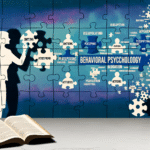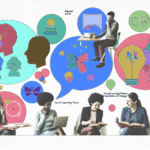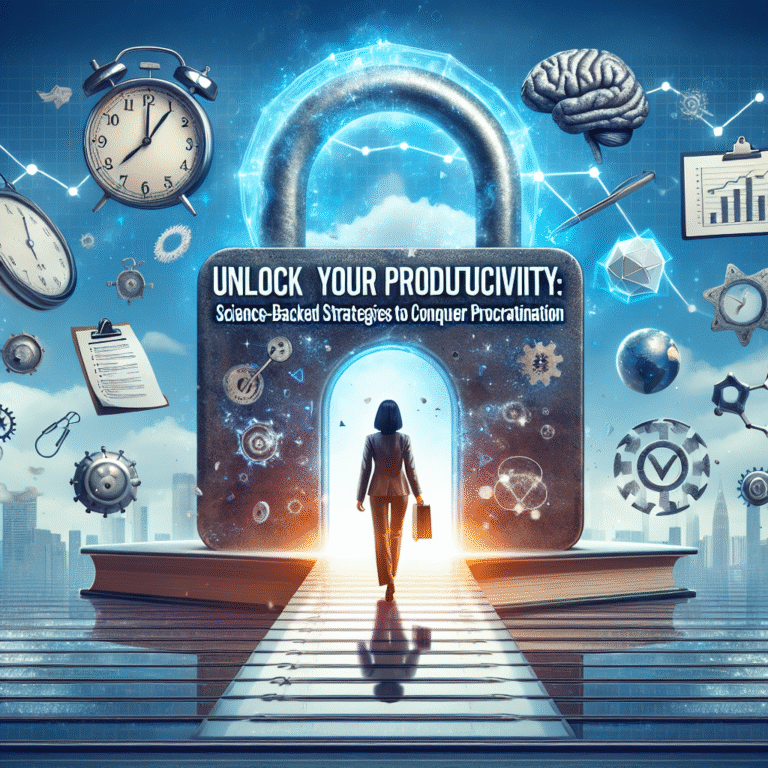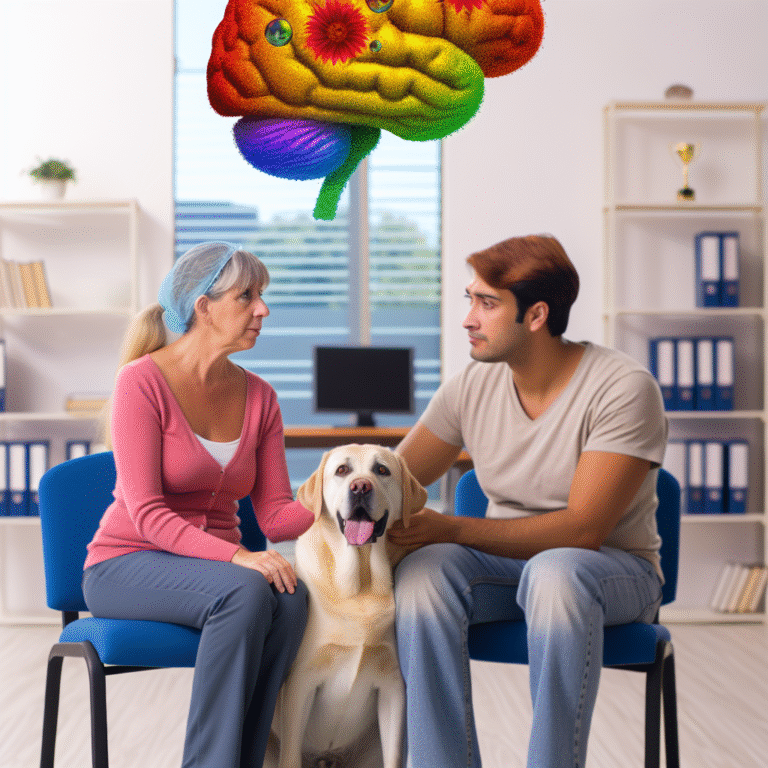From Highs to Lows: Understanding the Neuroscience of Addiction
Introduction
Addiction is a phenomenon as fascinating as it is devastating. Every year, millions struggle with various forms of addiction, be it substance-related or behavioral. As more knowledge comes to light, we find ourselves unraveling the intricate web of biology, psychology, and social context that underpins this complex issue. In this article, From Highs to Lows: Understanding the Neuroscience of Addiction, we will delve deep into how the brain processes pleasure and pain, the neurobiological changes that occur during addiction, and the pathways to recovery. If you’ve ever wondered why addiction grips so many with such force, you’re not alone. Let’s embark on this journey of discovery.
The Basics of Addiction
What Is Addiction?
Addiction can be defined as a chronic disorder characterized by compulsive engagement in rewarding stimuli, despite adverse consequences. This includes not only drugs and alcohol but also behavioral addictions, such as gambling or gaming. Understanding addiction requires a comprehensive look at how the brain’s reward system operates in both healthy and unhealthy states.
The Neurobiology of Pleasure and Reward
The brain’s reward system is structured around a series of pathways that release neurotransmitters such as dopamine and serotonin. These chemicals create feelings of pleasure and reinforce behaviors that lead to rewards. When an individual engages in activities that promote well-being, dopamine levels increase, leading to the highs often associated with addiction. However, chronic substance use or engaging in addictive behaviors can alter this system, leading to diminished satisfaction and increased cravings—what we term the lows.
How Addiction Affects the Brain
Addiction has profound effects on brain structure and function. Neuroimaging studies consistently show changes in regions like the nucleus accumbens, prefrontal cortex, and amygdala. These alterations can escalate over time, leading to dependence—a state where an individual needs the substance or activity to function normally.
[Insert Chart here: The Brain Regions Involved in Addiction]
| Brain Region | Function | Role in Addiction |
|---|---|---|
| Nucleus Accumbens | Pleasure center | Heightened craving responses |
| Prefrontal Cortex | Decision making, impulse control | Impaired judgment and control |
| Amygdala | Emotional processing | Heightened emotional responses |
From Highs to Lows: The Cycle of Addiction
The Initial High
Initially, many individuals experience a euphoric state when using substances or engaging in addictive behaviors. This rush encourages repeated behaviors as the brain associates the activity with pleasure.
The Progression to Dependence
Over time, to achieve the same levels of pleasure, individuals often escalate their use. This is where the lows begin to set in. What once provided joy now may only mitigate feelings of discomfort or anxiety, creating a cycle that is difficult to break.
Case Study: Opioid Addiction
Take the case of Emily, who was prescribed opioids after a chronic injury. Initially, her pain relief brought immense satisfaction, yet over time, her body became tolerant. The highs she once felt transitioned into lows, where she needed to increase her dosage. Ultimately, Emily found herself dependent on opioids, transitioning from relief to suffering. Her case highlights the transition from pleasure to pain in a typical addiction narrative.
The Withdrawal Phase
Withdrawal symptoms add another layer to the lows of addiction. As the body adjusts to the absence of a substance, it can lead to physical and psychological symptoms that further entrench individuals in their addiction.
Understanding Behavioral Addictions
Gaming, Gambling, and the Digital Age
Behavioral addictions, such as gaming and gambling, have risen dramatically with technological advancements. These activities engage similar neural pathways as substance use, creating a cycle of highs and lows that can be equally disruptive.
Case Study: Gaming Addiction
Consider the situation of Tom, who started gaming socially in his teens. What began as a fun way to connect with friends turned into an all-consuming activity that impaired his academic performance and social life. His exploratory behavior became compulsive, perfectly illustrating the “from highs to lows” transition. Tom’s situation serves as a critical reminder that addiction isn’t limited to substances.
The Role of Environment and Genetics
Both genetic predispositions and environmental influences significantly contribute to the development of addiction. Individuals with a family history of addiction may be more susceptible, but social factors—like peer pressure or trauma—can also play pivotal roles.
The Neuroscience Behind Recovery
The Brain’s Plasticity
One of the most encouraging aspects of neuroscience is the brain’s plasticity—the ability to rewire itself. This means that recovery is possible, even for those who have faced severe addiction struggles. Recovery is not just about abstaining from substance use; it also involves fostering new, healthy behaviors that engage the brain’s reward system in positive ways.
Therapeutic Interventions
Various therapeutic strategies target the neurobiological underpinnings of addiction:
- Cognitive Behavioral Therapy (CBT) helps individuals recognize and change harmful thought patterns.
- Motivational Interviewing encourages individuals to find their internal motivations for change.
- Medications may aid in reducing cravings and withdrawal symptoms.
Case Study: Successful Rehabilitation
Take the experience of Alex, a recovering alcoholic. Through a combination of CBT and support groups, he learned to manage his triggers and identify new coping mechanisms. His journey highlights the positive outcomes that can arise from targeted therapeutic interventions, signifying hope in the long and challenging recovery process.
The Future of Addiction Science
Advances in Research
Ongoing research continues to refine our understanding of addiction. Developments in neuroimaging and genetic studies hold promise for more personalized treatment approaches. Innovations, such as neuromodulation techniques, are being tested as potential treatments for various forms of addiction.
Community and Support Systems
Community engagement plays a crucial role in supporting individuals through recovery. Programs that foster peer support allow individuals to connect and share experiences, which can significantly impact their healing journeys.
Conclusion
From highs to lows, the journey of addiction is a rollercoaster ride that illustrates the complexity of human behavior and the resilience of the human brain. Understanding the neuroscience of addiction unveils the mechanisms that bind individuals to their compulsions, yet it also highlights the potential for recovery. As science continues to advance, so will our strategies for supporting those affected by addiction.
To those facing struggles, remember that change is possible. Seeking help and embracing new, healthier practices can lead to vibrant lives beyond addiction.
FAQs
1. What are the signs of addiction?
Signs of addiction can include increased tolerance, withdrawal symptoms, neglecting responsibilities, and an inability to cut down or control usage.
2. Is addiction purely a choice?
Though early choices play a role, addiction is also influenced by neurobiological changes, genetics, and environmental conditions.
3. Can addiction be fully cured?
While addiction is often considered a chronic condition, many individuals can achieve lasting recovery through ongoing support and therapy.
4. What is the role of dopamine in addiction?
Dopamine plays a crucial role in the brain’s reward system, reinforcing behaviors that lead to pleasure but also contributing to compulsive behaviors associated with addiction.
5. How long does recovery take?
Recovery varies greatly between individuals. It can range from months to years, and many find it to be a lifelong journey.
By gaining insights into From Highs to Lows: Understanding the Neuroscience of Addiction, we can foster a more compassionate view of those affected and support their paths to recovery. Understanding the science is one part of a larger, more humane endeavor to view addiction through a lens of hope and healing.












